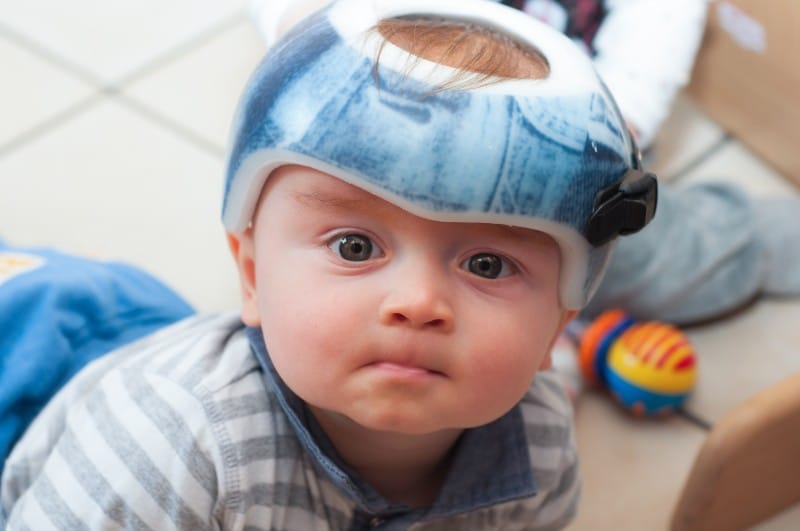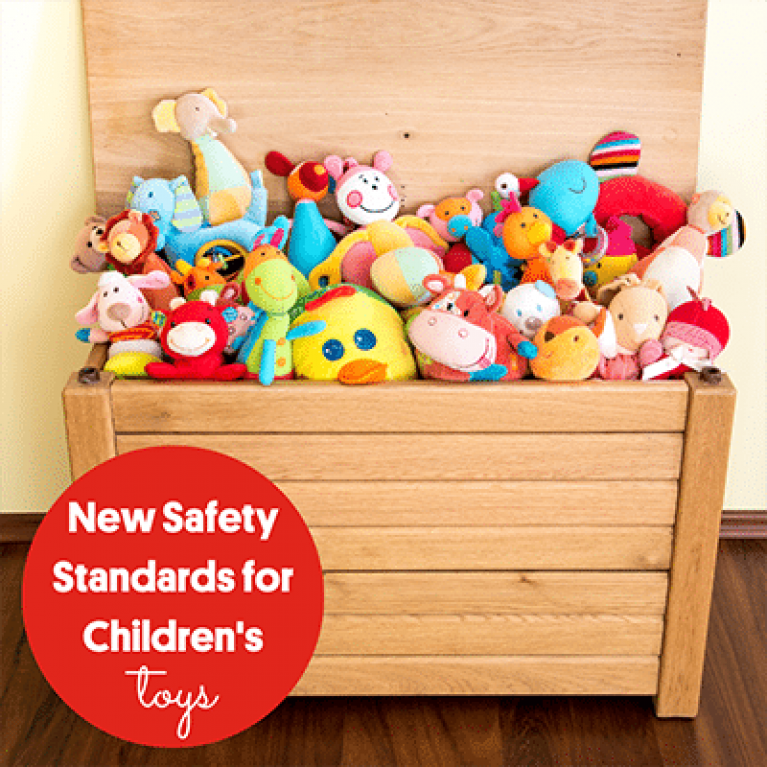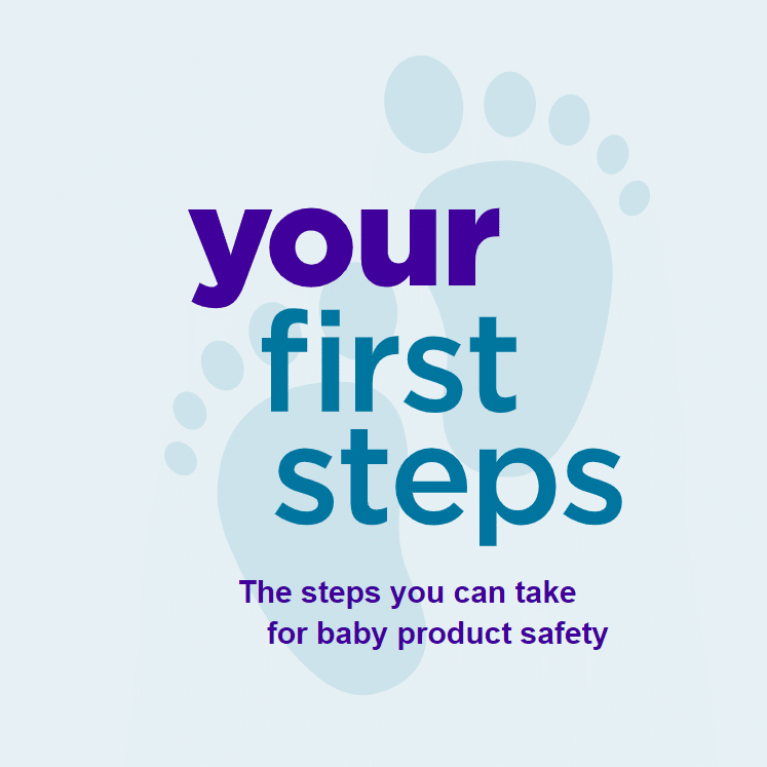Cute photo isn’t it? But what this child’s parents don’t know is that flat-head syndrome is very common, and custom-moulded helmets are only required in severe cases.
Recent attention surrounding flat-head syndrome (also known as positional plagiocephaly) has left parents seeking advice about the use of helmets to reshape their baby’s head.
While Red Nose understands that flat-head syndrome can be worrying for parents, it is actually a very common condition that affects one in five babies.
This is because the bones in a baby’s skull are flexible and soft, to allow the head to change shape easily.
Flattening on the back of the head or to one side can happen if the baby has their head in the same position for a long time. But, this doesn’t affect brain development and is a condition that resolves in time.
Only rarely do a small number of babies with severe flattening require fitting with a specially designed helmet, however this is very rare and is only done under guidance of a medical practitioner.
Flat-head syndrome is also easily preventable. Red Nose’s evidence-based recommendations include simple measures that parents can implement at home to prevent a flat head:
- Increasing the amounts of tummy time while baby is awake and not hungry or tired. Be sure to interact with them and place objects the baby enjoys around to encourage your baby to look around.
- Moving the position of your cot – babies enjoy looking at fixed objects like pictures or windows.
- Gently repositioning the head when the baby is asleep.
Tummy time is especially beneficial as it:
- Strengthens the neck, shoulder, arm and back muscles (necessary to move around safely)
- Builds the strength and coordination needed for rolling over, crawling, reaching, and playing.
- Helps with good brain development.
Red Nose always recommends sleeping baby on the back, as research has found that sleeping baby on the back greatly reduces the risk of sudden and unexpected death and SIDS.
Did you find this helpful?
Good job! Please give your positive feedback
How could we improve this post? Please Help us.




